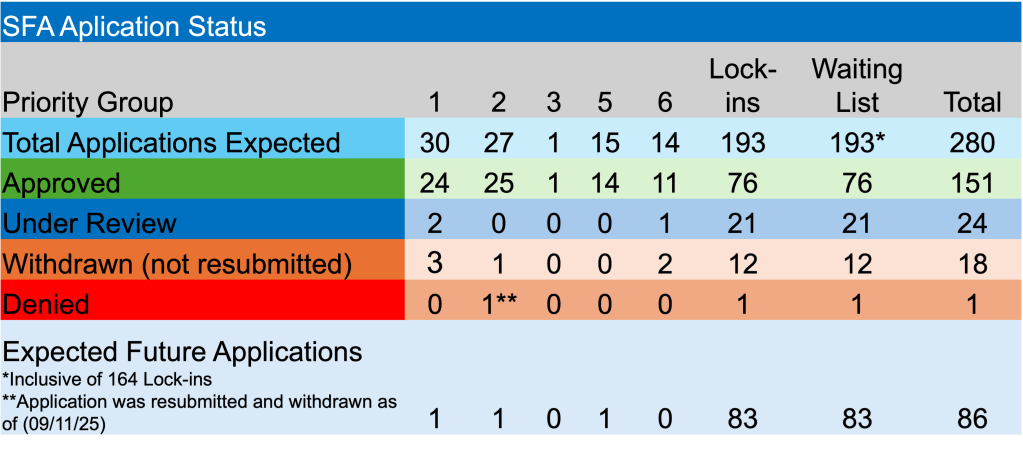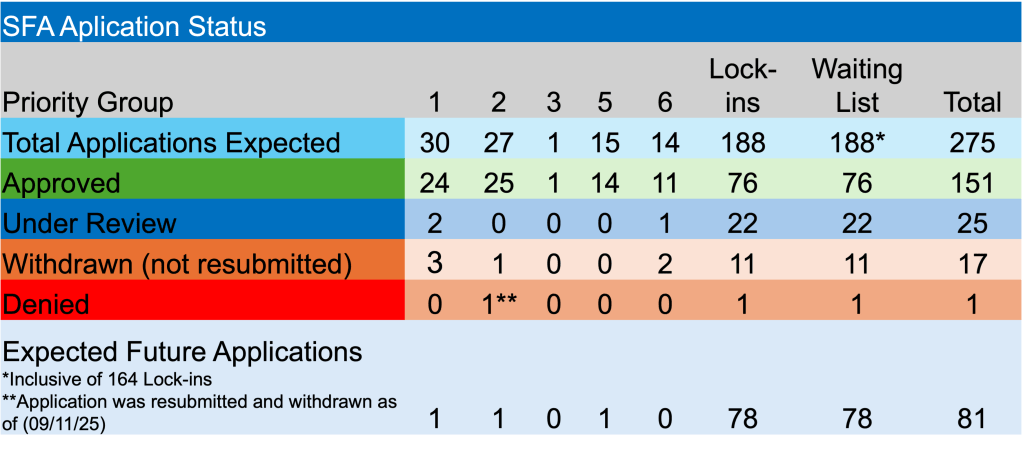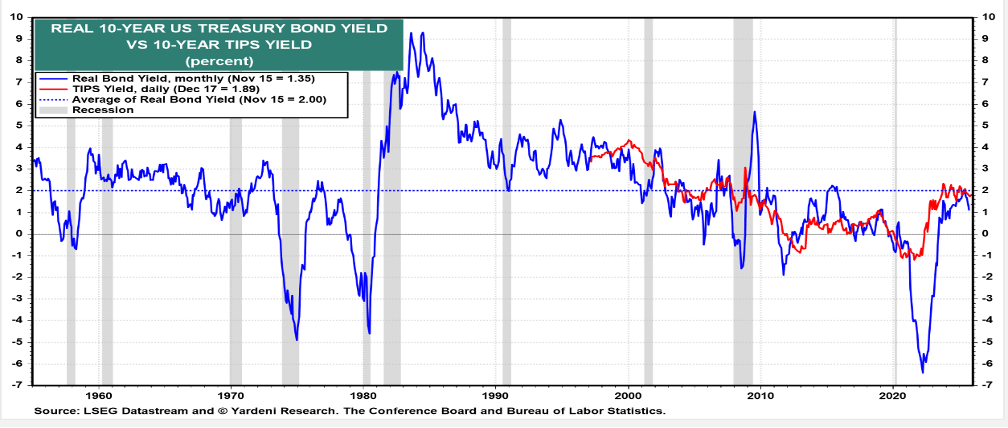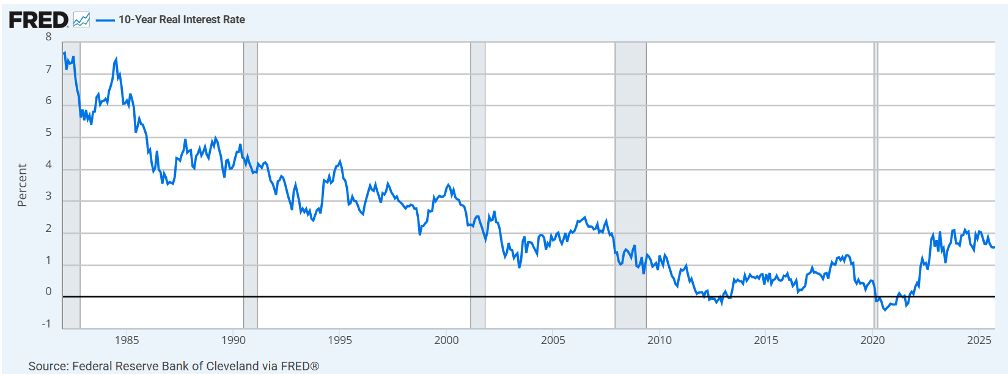By: Russ Kamp, CEO, Ryan ALM, Inc.
According to NIRS, at least 48 U.S. states undertook significant public pension reforms in the years following the global financial crisis (GFC), with virtually every state making some form of change to its public pension retirement systems. I’ve questioned for some time that those “reforms” were nothing more than benefit cuts. When I think of reform, I think of how pension plans are managed, and not what they pay out in promised benefits. However, this wasn’t the case for those 48 states which mostly asked their participants to contribute more, work for more years, and ultimately get less in benefits.
Equable Institute released the second edition of its Retirement Security Report, a comprehensive assessment of the retirement income security provided to U.S. state and local government workers. The report evaluated 1,953 retirement plans across the country to determine how well public employees are being put on a path to secure and adequate retirement income. Unfortunately, the reports findings support my view that pension reforms were nothing more than benefit cuts. Here are a couple of the points:
“Retirement benefit values have declined significantly: The expected lifetime value of retirement benefits for a typical full-career public employee has dropped by more than $140,000 since 2006, primarily due to policy changes after the Great Recession such as higher retirement ages, longer vesting, and reduced COLAs.“
“Only 46.6% of public workers are being served well by their retirement plans.“
Yes, newer plan designs are allowing for greater portability through hybrid and defined contribution plans, but as I’ve discussed in many blog posts, asking untrained individuals to fund, manage, and then disburse a “benefit” without the necessary disposable income, investment acumen, and a crystal ball to help with longevity issues is poor policy. We have an affordability issue in this country and it is being compounded by this push away from DB pensions to DC offerings.
Pension reform needs to be more than just benefit adjustments. We need a rethink regarding how these plans are managed. As we have said on many occasions, the primary objective in managing a pension plan is not one focused on return, which just guarantees volatility in outcomes. Managing a pension plan, public or private, should be about securing the promises that were given to the plan’s participants. That should be accomplished at a reasonable cost and with prudent risk.
Regrettably, most pensions are taking on more risk as they migrate significant assets to alternatives. In the process they have reduced liquidity to meet benefits and dramatically increased costs with no promise of actually meeting return projections. Furthermore, many of the alternative assets have become overcrowded trades that ultimately drive down future returns. Higher fees and lower returns – not a great formula for success.
It is time to get off the performance rollercoaster. Sure, recent returns have been quite good (for public markets), but as we’ve witnessed many times in the past, markets don’t always cooperate and when they don’t, years of good performance can evaporate very quickly. Changing one’s approach to managing a pension plan doesn’t have to be revolutionary. In fact, it is quite simple. All one needs to do is bifurcate the plan’s assets into two buckets – liquidity and growth – as opposed to having 100% of the assets focused on the ROA. Your plan likely has a healthy exposure to core fixed income that comes with great interest rate risk. Use that exposure to fill your liquidity bucket and convert those assets from an active strategy to a cash flow matching (CFM) portfolio focused on your fund’s unique liabilities.
Once that simple task has been done, you will now have SECURED a portion of your plan’s promises (benefits) chronologically from next month as far into the future as that allocation will take you. In the process the growth assets now have a longer investing horizon that should enhance the probability of achieving the desired outcome. Contribution expenses and the funded status will become more stable. As your plan’s funded status improves, allocate more of the growth assets to the liquidity bucket further stabilizing and securing the benefits.
This modest change will get your fund off that rollercoaster of returns. The primary objective of securing benefits at a reasonable cost and with prudent risk will become a reality and true pension reform will be realized.






